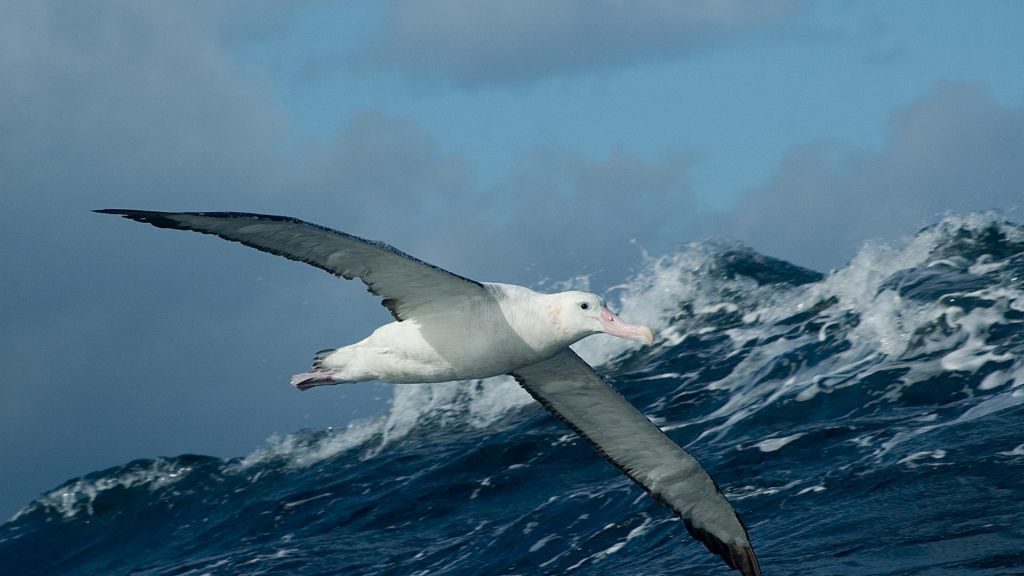This content has been archived. It may no longer be relevant

There is an increasing body of evidence highlighting ecological alterations induced by climate change across the globe. Recently, Henri Weimerskirch and his colleagues showed that the wandering albatross (Diomedea exulans), a wide-ranging Sub-Antarctic seabird responded behaviourally, physiologically and demographically to changing wind patterns. This bird, which takes advantage of winds to reduce the flying cost, benefited from stronger winds and could cover more distance during foraging trips. Consequently, individuals increased in mass and had a higher reproductive success. Taking into consideration the potential changes in the environment is crucial to efficiently manage wild populations. Changes in the environment can be linked to demographic rates using behavioural and physiological traits as state variables. Using a trait-based model, we aim to investigate the effects of changes in foraging patterns and physiology, whether directly or indirectly induced by environmental changes, on the population dynamics of the wandering albatross. Quantifying movement and foraging patterns as a trait adds a new dimension to the existing trait-based modeling approaches. This model will enable us to (1) determine the most critical life history processes or pathways governing the population persistence, and (2) predict population, behavioural and phenotypic dynamics under alternative climate change scenarios.
